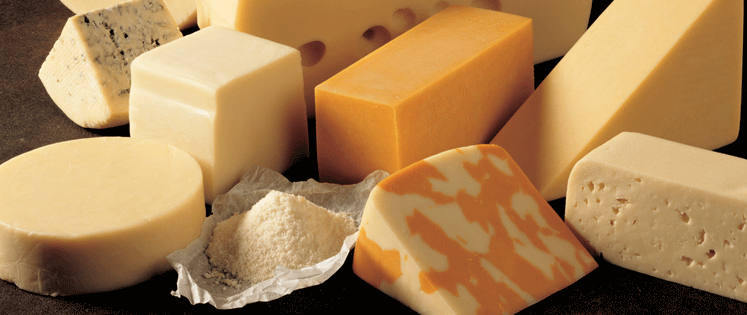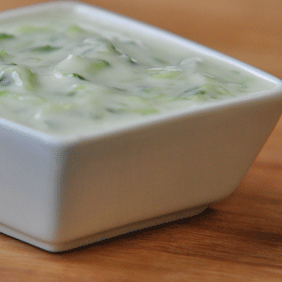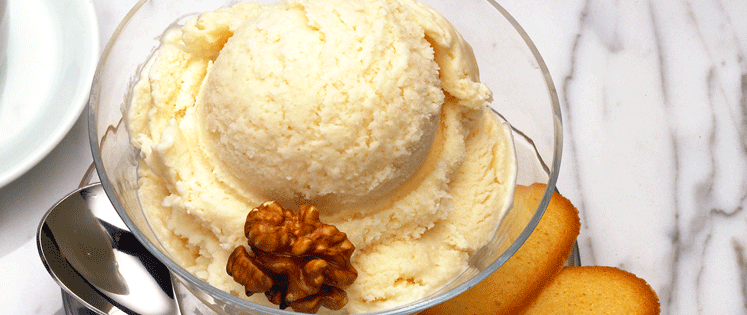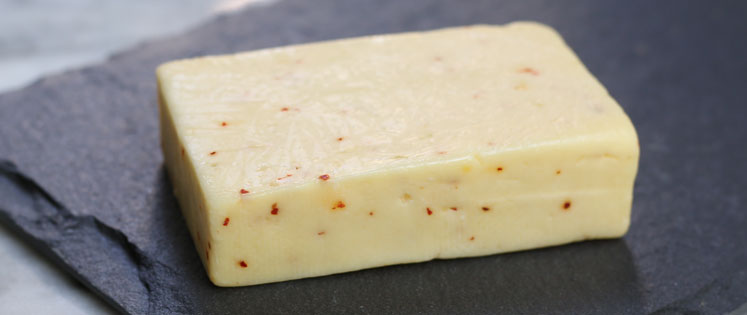Cheese Lover’s Reference Guide
Canadian Cheese Category Characteristics Varieties FRESH Unripened Soft, creamy texture; slight acidic taste À la crème, Baron, Bi-Frais, Cottage, Neufchâtel, Petit Suisse, Quark, Ricotta SOFT Surface-ripened Bloomy rind; soft, creamy texture; light aroma of mushrooms Brie, Camembert, Double crème, Limburger, Triple crème SEMI-SOFT Unripened (Pasta Filata) Cheese stretched until it becomes thread-like; supple, elastic texture; mild taste […]
Read more







